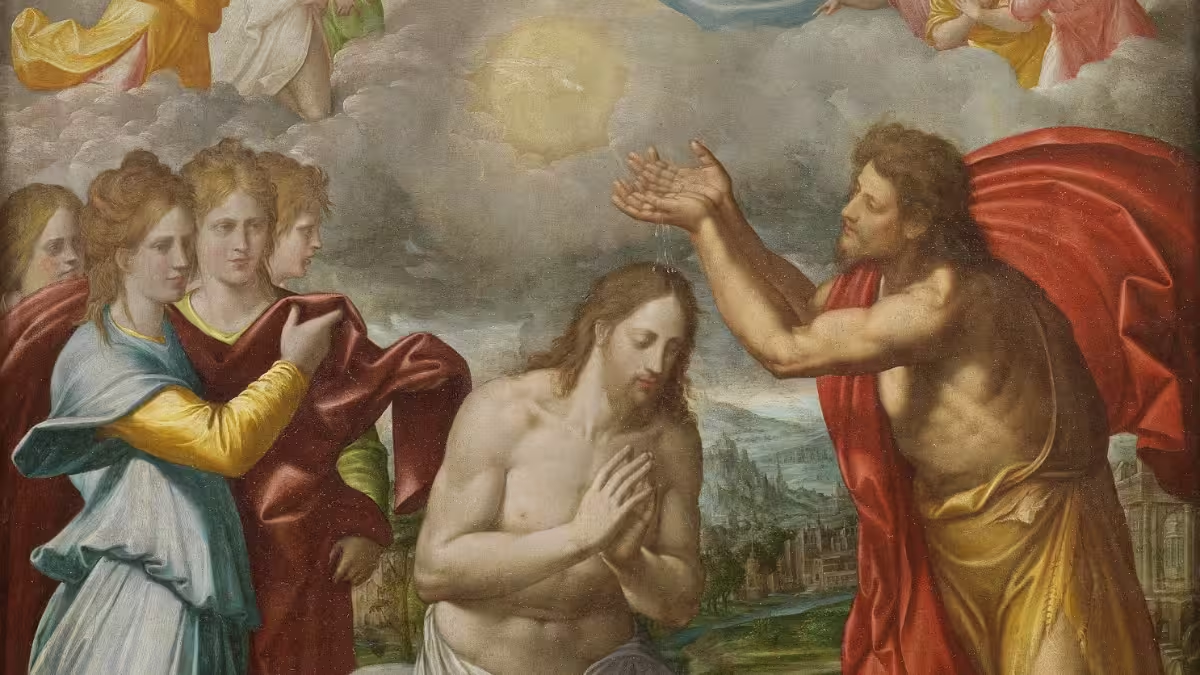Bible on the Back Porch
Reading, pondering and studying God’s Word is sometimes best done “on the back porch.” Each week we will try to offer something for you and your “back porch time.”
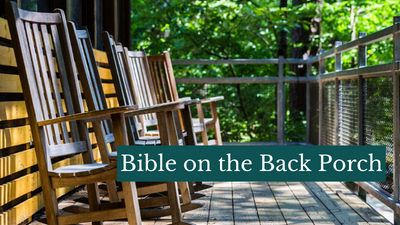
Current and Upcoming Sunday Readings
4th Sunday of Advent, Year A
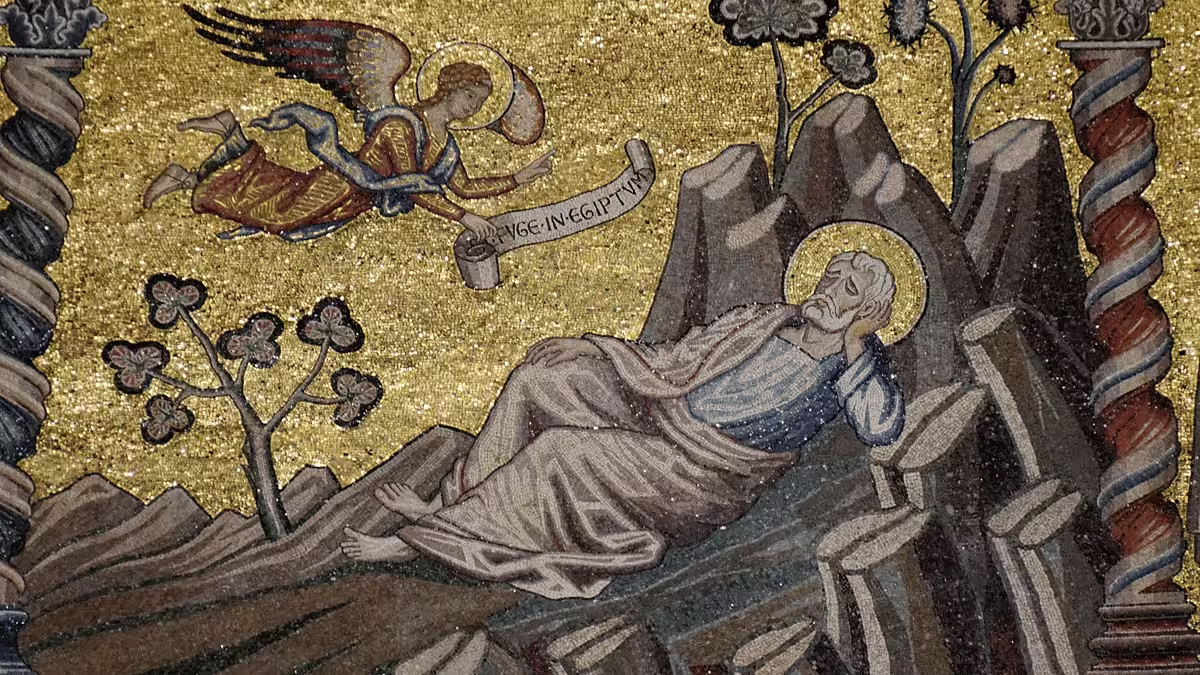
All in a dream
This is the 4th Sunday of Advent. Unexpected circumstances. Hard decisions to make. Angels speaking to Joseph in a dream – and we are ready to race through this gospel to get to the birth of Jesus and in so doing consign Jesus to the background. But our gospel emphasizes Joseph “rose from sleep and did as the angel commanded” (v24). Joseph’s response to God’s message is immediate. There is no hesitation, no weighing of alternatives, no delay. In quiet faith, he rises from sleep and acts. His obedience is not merely compliance but trust — trust that what God asks, In that moment, Joseph becomes a model for all believers. He teaches us that godliness is not measured by eloquent words or lofty feelings, but by ready obedience. When God speaks, be it through Scripture, conscience, or circumstance, the holy person listens and acts without delay. The holy person is one who, like Joseph, wakes and acts.
As always, a lot going on in the gospel reading. Grab a cup of your favorite beverage and take a moment on the back porch with the Word of God.
Full Text of the Sunday Gospel
Detailed Commentary
Ceiling detail Battistero di San Giovanni | Florence | 13th century | photo by Marie-Lan Nguyen | Wikimedia Commons | CC-BY 2.5
Feast of the Holy Family, Year A
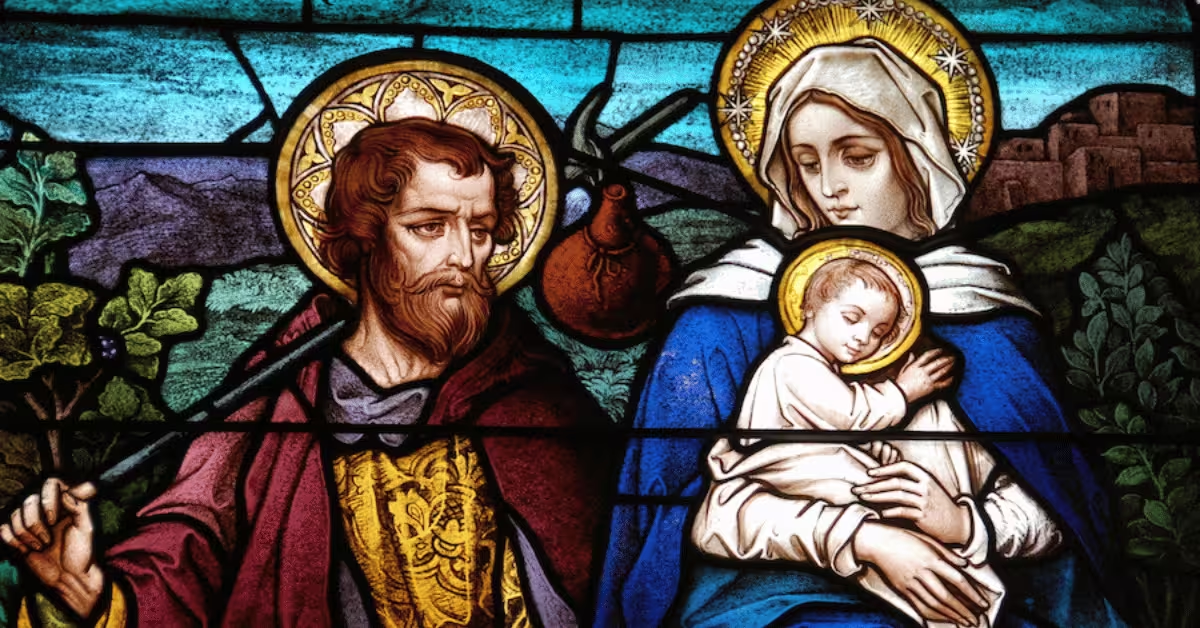
Travels and Travails
As a general theme, life after Christmas is not all that peaceful for the Holy Family. Following the birth there is anger and murder, weeping and wailing, moving and resettling. In the same way, after our Christmas celebrations we are again confronted with the fact that the kingdom has not fully arrived. The “peace on earth” sung by the angels at Jesus’ birth (cf. Luke), is followed by death and destruction, suffering and evil. Follow the travels and travails of the Holy Family as they escape Herod’s rath by fleeing to Egypt, returning years later.
As always, a lot going on in the gospel reading. Grab a cup of your favorite beverage and take a moment on the back porch with the Word of God.
Full Text of the Sunday Gospel
Detailed Commentary
Stained glass window, Sts. Joseph & Paul Catholic Church, Owensboro KY | PD
The Epiphany of the Lord, Years A,B & C
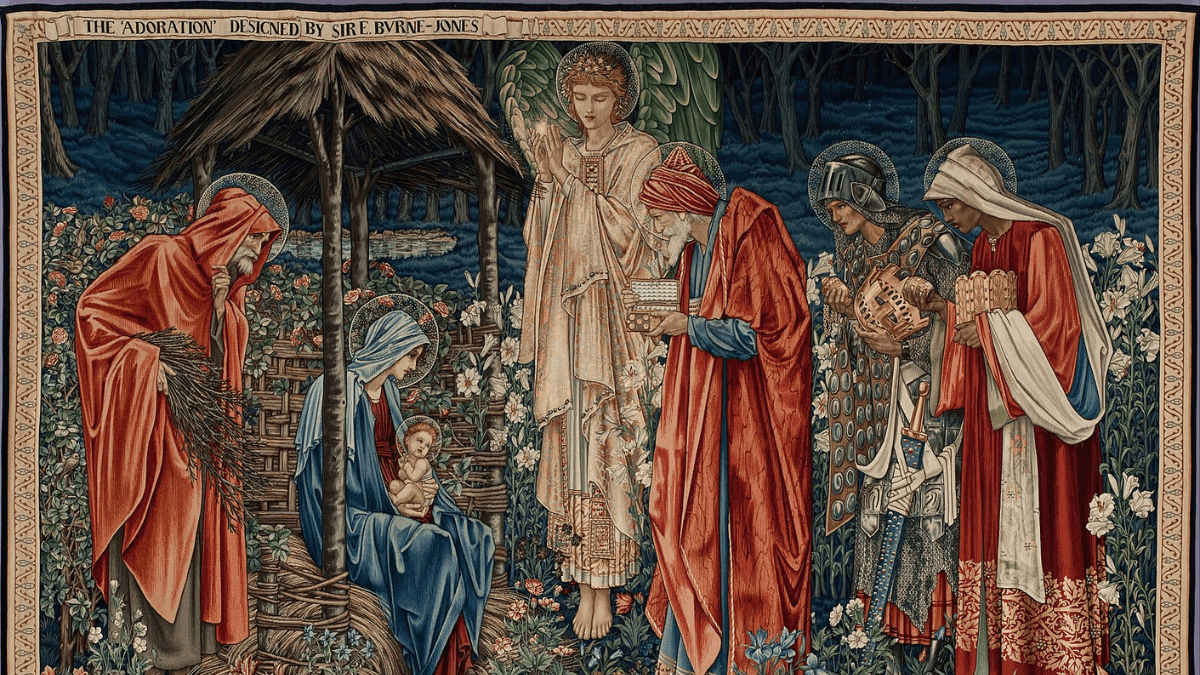
What We Celebrate
Soon after Christmas western Christianity celebrates the Epiphany of the Lord. The word comes from the Greek epiphaneia meaning “manifestation” or, “striking appearance.” The feast had its origins in Easter Christian Churches and was a general celebration of the manifestation of the Incarnation of Jesus. Originally its scope was more broad. It was a celebration of a number of events in scripture that revealed Jesus to the world. Those events included: the commemoration of his birth; the visit of the Magi to Bethlehem; all of Jesus’ childhood events, up to and including his baptism in the Jordan by John the Baptist; and even the miracle at the Wedding of Cana in Galilee. In western Christian Churches the focus has rested primarily upon the Visit of the Magi.
Who are the Magi? They are not kings, probably not from Persia, and yet there was something that drew them to visit the Christ child. St. Matthew, writing to Jewish audience, makes all kinds of Old Testament references that would be familiar to the 1st century audience – but not necessarily to us. It is all part of Matthew’s overall narrative intent: Jesus is the fulfillment of all that was promised by the prophets.
There is a lot more to this gospel. Sit with it for a moment on the back porch.
Full Text of the Sunday Readings
Detailed Commentary on the Gospel
The detailed commentary has lots of information about King Herod, the Magi, the star and lots more!
Image Credit: The Adoration of the Magi by Edward Burne-Jones (1904) | Public Domain- US
Baptism of the Lord, Year A
"This is my beloved Son..."
After Jesus was baptized, he came up from the water and behold, the heavens were opened (for him), and he saw the Spirit of God descending like a dove (and) coming upon him. 17 And a voice came from the heavens, saying, “This is my beloved Son, with whom I am well pleased.” (Matthew 3:13-17)
Why is John baptizing? Why did Jesus agree to be baptized and what did it all mean? The heavens open, the Spirit descends and God speaks from above. As always, there is a lot going on in these gospels. Take a moment with a cup of joe and the bible on the back porch.
Full Text of the Sunday Readings
Detailed Commentary on the Gospel
The Baptism of Christ, Juan Fernández de Navarrete, “El Mudo” | Museo del Prado, Madrid | Wikimedia Commons | PD-US
One the questions that usually arises in association with this Feast is “Why was Jesus Baptized?” The detailed commentary addresses this in detail, but it you’d rather watch a video on the question, the two videos below are pretty good starters.
